Ancient Mesopotamia
1/5
There's no tags or description
Looks like no tags are added yet.
Name | Mastery | Learn | Test | Matching | Spaced |
|---|
No study sessions yet.
6 Terms
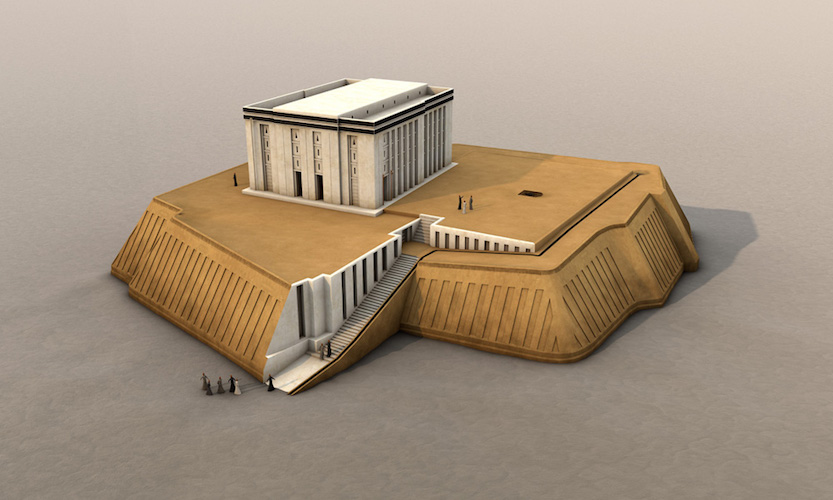
White Temple & Anu Ziggurat
Urak, 3500 BCE, religious, maybe worshipped a sun god due to its height, control of movement, exclusivity and luxury.
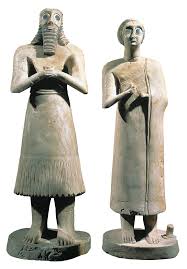
Statues of votive figures
Iraq, 2700 BCE, 1 foot tall, religious, would pray for you in the after life, unproportional.
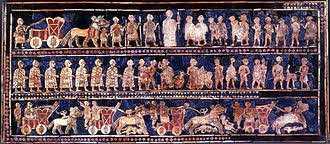
The Standard of Ur
Iraq, 2600 BCE, wood inlaid with many stones, one side represents peace and the other war, horizontal resgisters, hierarchical, symbolism.
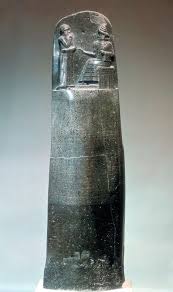
The Code of Hammurabi
Iran, 1790 BCE, worlds first law code, “an eye for an eye”, inscribed cuneiform, on top is a god handing his power to a king, twisted perspective, relief, propagandistic.
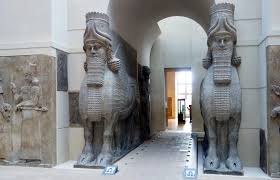
Lamassu from the Citadel of Sargon II
Iraq, 720 BCE, cuneiform inscription, power of the king, mostly high relief except for wings, static and in motion.
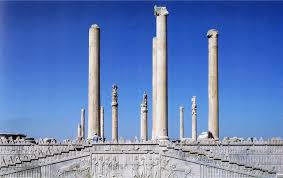
Audience hall of Darius & Xerxes
Iran, 520 BCE, impressive and intimidating, held 1000’s of people, 2 grand staircases, 72 columns, 10,000 soldiers, 23 subject nations.